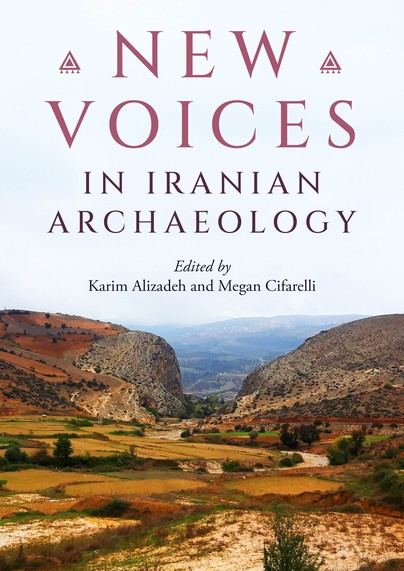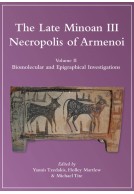New Voices in Iranian Archaeology (Paperback)
Imprint: Oxbow Books
Pages: 192
Illustrations: 110 B/W illustrations
ISBN: 9798888571453
Published: 10th December 2024
Script Academic & Professional
Pages: 192
Illustrations: 110 B/W illustrations
ISBN: 9798888571453
Published: 10th December 2024
Script Academic & Professional
You'll be £40.00 closer to your next £10.00 credit when you purchase New Voices in Iranian Archaeology. What's this?
+£4.99 UK Delivery or free UK delivery if order is over £40
(click here for international delivery rates)
Order within the next 9 hours, 37 minutes to get your order processed the next working day!
Need a currency converter? Check XE.com for live rates
(click here for international delivery rates)
Order within the next 9 hours, 37 minutes to get your order processed the next working day!
Need a currency converter? Check XE.com for live rates
This volume highlights the excellent, wide-ranging work of a diverse collection of Iranian archaeologists, the new voices in Iranian archaeology. Archaeology in Iran has developed in lockstep with the discipline of archaeology itself, in part due to the colonial endeavors that provided impetus for Europeans to travel to distant lands and extract antiquities and other commodities. But centuries before western archaeologists broke ground on excavations in the lands that would in 1935 be called Iran, a deep and meaningful engagement with and reverence for the past was a thread running through Iranian culture since antiquity. For millennia, the residents and rulers of ancient Iranian lands have admired, interacted with, inscribed, invented stories about, and imitated the visible, often ruined, monuments of their ancestors that dotted the landscape.
Following numerous interruptions in the 20th century occasioned by revolution, war, and the geopolitical climate, Iranian archaeology has experienced a resurgence, and this book offers case studies on the archaeological and scientific sophistication of the work currently being done in Iran by Iranian archaeologists. As a collection, the chapters show the chronological and geographical breadth of archaeology in Iran, with authors analyzing the earliest evidence for human-object interaction in the Paleolithic era, the bustling medieval cities and their hinterlands, and many stages in between. The case studies deliberately highlight archaeological work across the entirety of the vast and varied geography of Iran, from the fertile plains of Fars in the southwest, to the rugged Zagros Mountains in the northwest, from the peaks of the Alborz Mountains south of the Caspian Sea, across the broad expanse of the Plateau, to the eastern regions bordering Afghanistan and Turkmenistan.
This volume also features the work of many women in Iranian archaeology, a testament to the expansion and evolution of the field and its participants in Iran. In sum, the chapters demonstrate the commitment of a new generation of Iranian archeologists to their land’s diverse and complex past.
Other titles in Oxbow Books...















